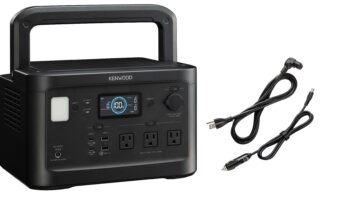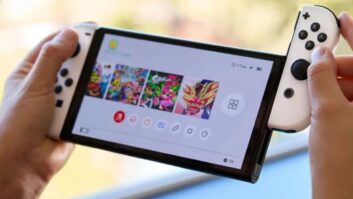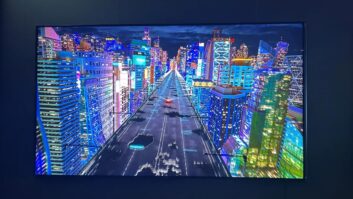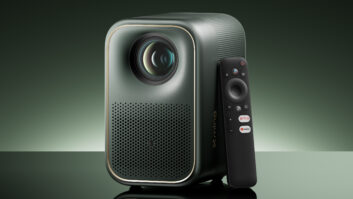El Segundo, Calif. – Despite the prodigious growth of the global
in recent years, panel suppliers are struggling to maintain
profitability, forcing them to cut materials and component costs, according to
iSuppli.
From the fourth quarter of 2008 through the second quarter of
2009, suppliers took losses on the most popular varieties of large-sized LCD
panels used in televisions, notebook PCs and monitors. Losses were particularly
acute during the dismal first quarter of 2009, when suppliers took an average
loss of 31 percent on 32-inch high-definition television panels, a 29 percent
shortfall on 15.4-inch notebook panels and a 28 percent loss on 19-inch monitor
panels.
“Suppliers of large-sized LCD panels are facing profitability
challenges due to the cyclical and volatile nature of the consumer markets they
are serving,” said Sweta Dash, LCD research senior director for iSuppli.
“As applications have shifted from a corporate to a consumer
focus, conditions in the large-sized LCD market increasingly are dictated by
seasonal factors, with slow demand in the first half of the year, followed by
strong sales during the last six months of the year. Profitability also is
oscillating roughly according to these seasonal trends, compelling panel
suppliers to seek ways to reduce costs.”
One major focus of these efforts is material and component costs
in panels and in panel modules, iSuppli said.
Material and component expenses are accounting for an increasing
portion of total panel costs, especially for LED-backlit panels. Generally
speaking, panel material and module components can account for 75 percent or
more of total panel costs, depending on various factors.
Because of this, panel suppliers must concentrate on these areas
to keep expenses under control. Unfortunately, many panel components, such as
glass, color filters and LED chips, have been facing somewhat tight supply in
recent quarters, limiting opportunities to reduce costs, the research firm
noted.
To counter such availability and pricing challenges, panel makers
are bringing the production of some of these devices – most notably LED chips –
in-house, because reductions in the backlight cost provide more opportunity to
lower cost and improve profitability.
Generally speaking, LED-based panels generate higher
profitability, prompting suppliers to introduce new models and to reduce LED
backlight costs. However, during periods of oversupply, LCD panel suppliers
also can lose money on sales of LED backlit panels.
LED supply tightness and fragmentation of the entire LED supply
chain has also made it difficult for panel suppliers to control costs. In
response, top panel suppliers are developing their own internal sources for LED
supply that can allow them to slash costs, control supply and improve
profitability. In addition, suppliers also are developing new backlight designs
to cut the number of LEDs that are used while keeping performance at the same
or higher level – steps that can reduce costs as well as lower the thickness of
the television modules.
At the same time, television brands and television contract
manufacturers also are striving to bring down the costs of LED-based panels by
buying only the cell without the backlight and developing their own backlight.
Branded television manufacturers, for instance, are engaging in partnerships
with contract manufacturers or even panel suppliers to develop their own
backlight and module assembly facilities, iSuppli said.
For their part, some panel suppliers are focusing on selling
cells, while others are developing more complete in-house solutions. Although
this has created some tightness in the market because module production lags
behind cell production, it also is making the supply chain more flexible and
capable of reacting faster to changes in the market.
Overall, fixed or capital costs account for only 15 percent to 25
percent of the total panel cost, depending on the panel size, application
market and fab depreciation rates.
In 2010, the top three notebook display suppliers – Samsung, LG
Displays and AUO – will attain a cost advantage over their competitors because
their fabs serving this market will be fully depreciated, with the cost to
construct the facilities and obtain equipment fully recouped.
This will make it difficult for other notebook panel suppliers,
such as CMO and some Chinese firms, to compete in the market. In the same way,
LG Display’s 7.5-generation and Samsung LCD’s seventh-generation fabs, which
are mostly producing TV panels, will be fully depreciated this year, allowing
both suppliers able to lower pricing, expand market share and attain strong
profitability.
To learn more about
the LCD market with Dash’s LCD market tracker, see













